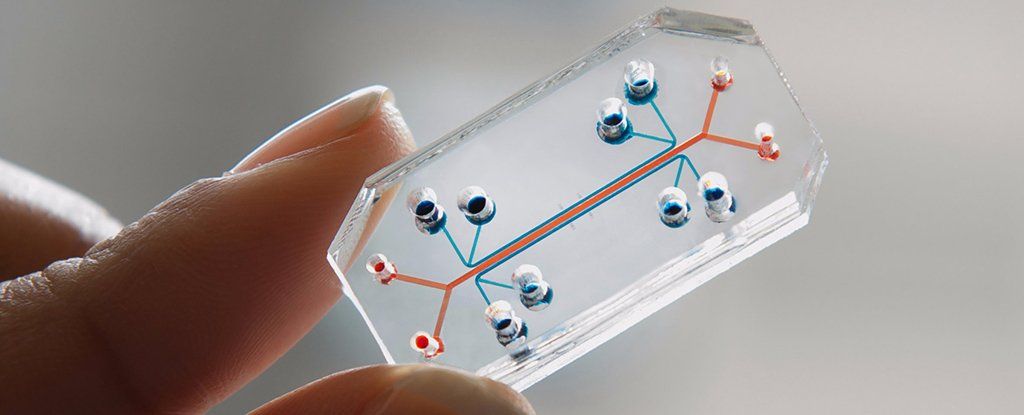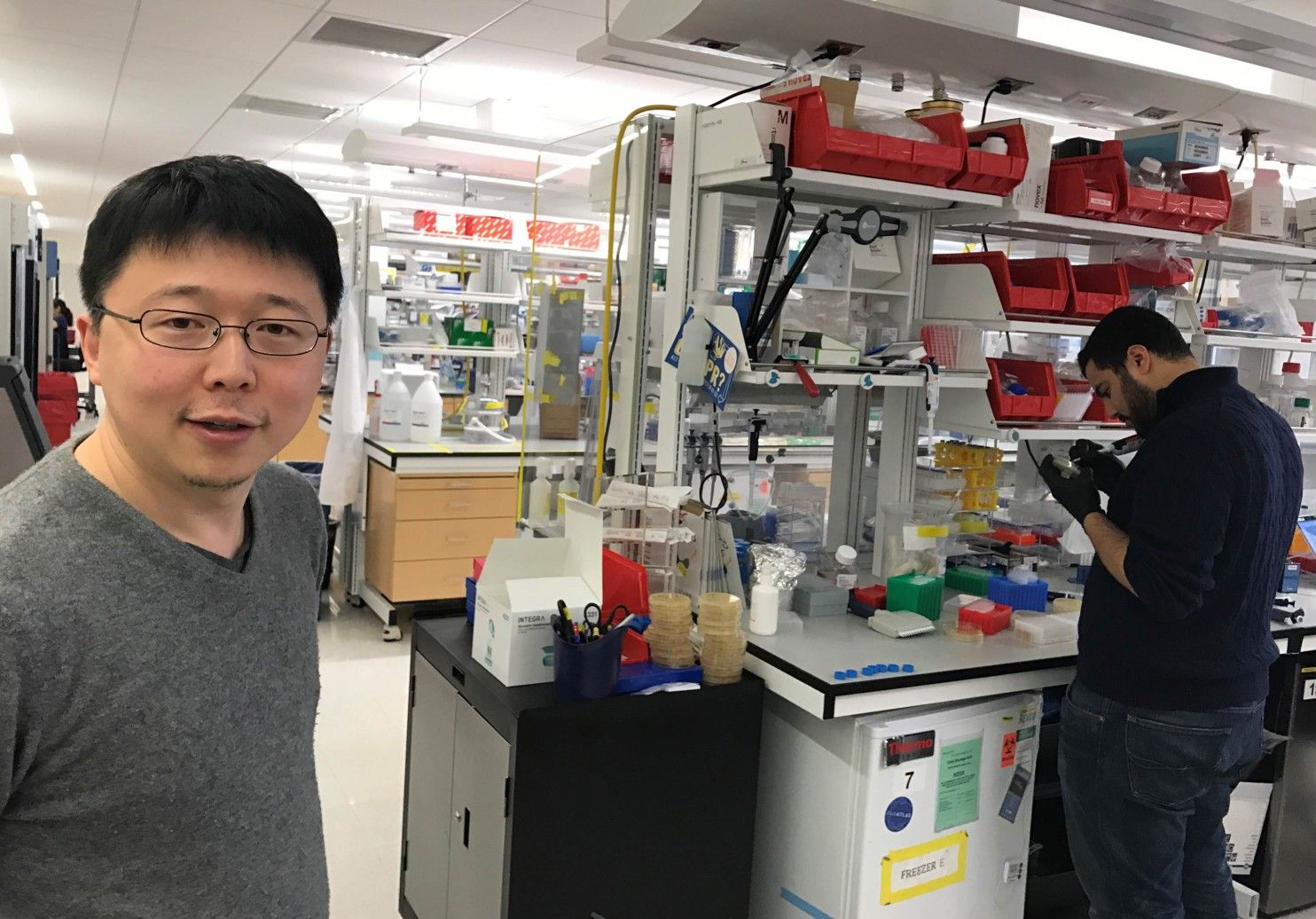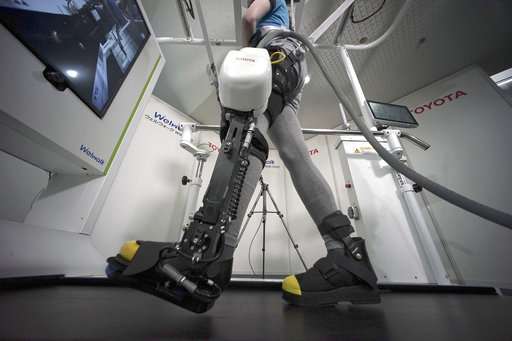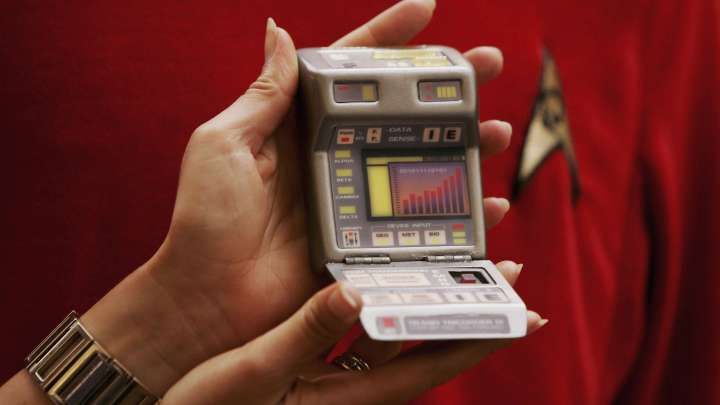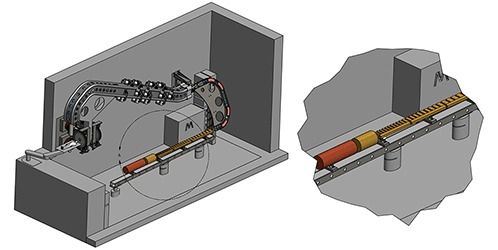Apr 15, 2017
The FDA Just Struck a Deal That Could Replace Animal Testing With a Tiny Chip
Posted by Nancie Hunter in categories: biotech/medical, computing
“A future without animal testing is getting closer. On Tuesday, the Food and Drug Administration agreed to a research-and-development collaboration with Emulate, a company that makes “organs-on-chips” technology.
The hope is that instead of testing new drugs or supplements on animals, researchers can use Emulate’s chips.
To start, the collaboration between the FDA and Emulate will focus on the company’s Liver-Chips, which are meant to show how an animal’s liver may react to a certain drug.
Continue reading “The FDA Just Struck a Deal That Could Replace Animal Testing With a Tiny Chip” »
